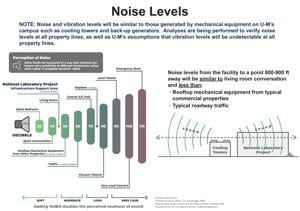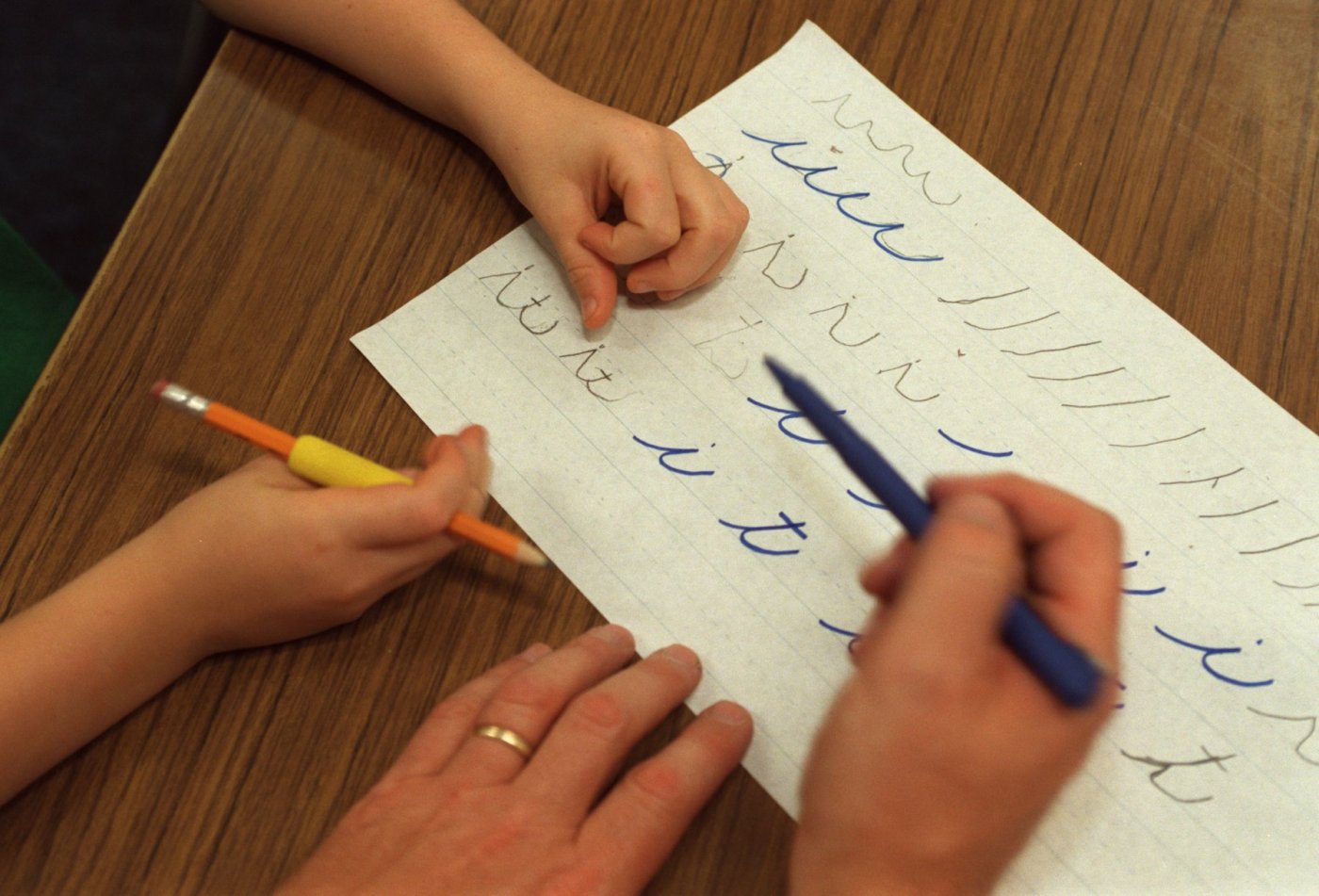Florida lawmakers are advancing a new requirement for elementary schools that mandates cursive handwriting instruction for students in grades 2 through 5. The proposal, known as House Bill 127, aims to ensure that all public school students can read and write in cursive by the end of fifth grade, a significant shift from existing guidelines.
Currently, under the English Language Arts “B.E.S.T.” standards, cursive instruction is included in the curriculum for grades 3 to 5. Students are expected to learn cursive letters and produce legible writing as part of regular assignments. However, there is no statewide assessment to measure proficiency, leading to inconsistencies across different school districts. Some students benefit from extensive practice, while others receive minimal instruction.
House Bill 127 seeks to establish a uniform standard by requiring students to demonstrate proficiency in cursive handwriting. This includes the ability to form upper and lowercase letters, write words and sentences with appropriate spacing, and read cursive handwriting. If enacted, the law is set to take effect on July 1, 2026, which gives educational districts less than a year to adapt their teaching methods and assessment strategies.
The bill is spearheaded by lawmakers from Southeast Florida, particularly Rep. Toby Overdorf and Rep. Dana Trabulsy, who are co-sponsoring the legislation. The Senate version is led by Sen. Erin Grall. Overdorf emphasizes the importance of cursive as a fundamental life skill. He argues that many students today struggle to sign their names in cursive, raising questions about their ability to identify themselves in various legal and personal contexts.
“People can’t even sign their name in cursive,” Overdorf stated. “How can you identify yourself? How can you be an individual for mortgages, for a lease, for buying a car — all these different types of things?”
Supporters of the bill assert that cursive writing offers cognitive benefits that extend beyond simple signature skills. Literacy experts contend that handwriting, particularly cursive, enhances cognitive development, memory, and fine motor skills. According to Overdorf, cursive writing also assists students academically, improving hand-eye coordination and aiding in the early diagnosis of dyslexia.
Critics, including some parents and students, question the relevance of cursive in an increasingly digital world. While many districts already include cursive instruction, the push for mandatory proficiency raises concerns about standardized evaluations, the need for teacher training, and potential impacts on classroom schedules.
Previous attempts to formalize cursive instruction have faced challenges. A similar bill, HB 921, passed the Florida House in 2025 but ultimately stalled in the Senate Rules Committee. With HB 127, lawmakers are expanding the grade levels covered and emphasizing measurable proficiency for the first time.
As the bill progresses through committee, Florida stands to join a growing number of states that are reaffirming the value of cursive handwriting in public education. If approved, students will not only learn cursive but will also be required to demonstrate their skills through assessment, marking a significant shift in educational policy.






































































